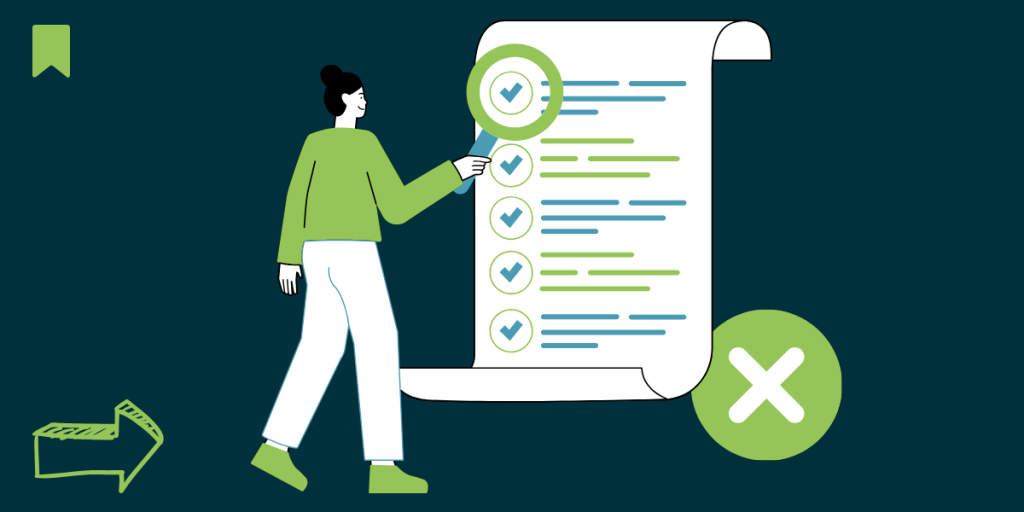Many people face the dilemma of determining what is important versus what is urgent among the multitude of tasks and projects before them. The ability to properly prioritize can significantly boost your productivity and reduce stress.
Here are three tips on how to easily prioritize daily.
1. Gather all information in one place
Choose a location (Notes, Trello, or another tool) where you will write down all tasks, creating transparency of everything that needs to be done. Any task that requires more than 5 minutes of work should be on this list.
In an agile context, this would be the creation of a project portfolio or portfolio backlog. This step allows you to see the bigger picture and better understand what is most important for achieving your goals. But more on that another time.
2. Set Criteria
Define the key goals you want to achieve in a certain period and based on these, establish criteria that will help you prioritize. There are many tools that can facilitate this part, such as the effort-impact matrix, the MoSCoW method, the Kano model, and the urgency-importance matrix.
The effort-impact matrix helps you determine how important a task is relative to its required effort. The MoSCoW method (Must, Should, Could, Won’t) enables you to rank tasks by importance. The Kano model focuses on customer satisfaction, and the urgency-importance matrix helps separate important tasks from urgent ones.
Based on the criteria that are important to you, you will easily recognize which tool is best for you. This step is crucial as it allows you to focus your efforts on tasks that will have the greatest impact on achieving your goals.
3. Create a ‘NOT TO-DO’ List
When you discover tasks that will not bring significant value and do not need to be done – delete them.
If you skip this step, it will be harder to determine what is important and what should be a priority. Prioritization is key in project planning, managing companies, and in personal life. The consequences of poor prioritization can lead to the loss of money, and clients, as well as increased stress levels.
Make a list of tasks that you will not do and thus free yourself from unnecessary activities that take your time and energy.
In conclusion, proper prioritization helps you stay focused on the most important tasks, reduce stress, and increase your productivity. As you progress, you will see positive changes in the way you manage your time and tasks. Prioritization is a skill that develops over time and practice. Follow these three steps until they become routine and watch your productivity grow – at Growit Agile it works!


